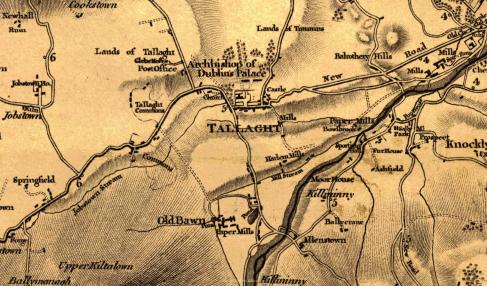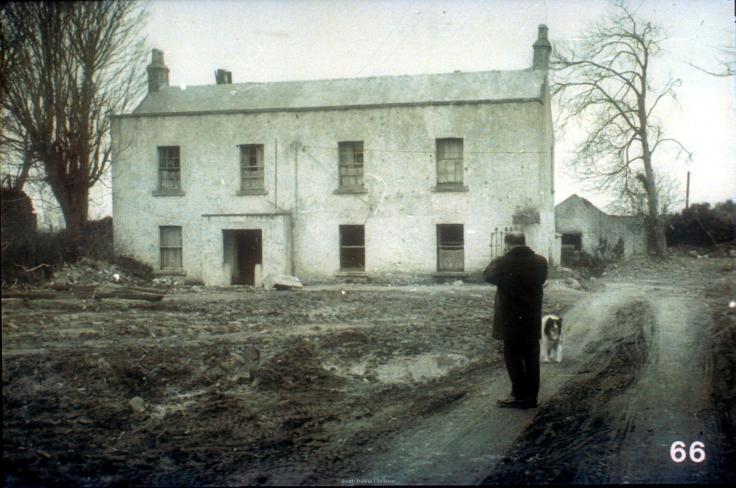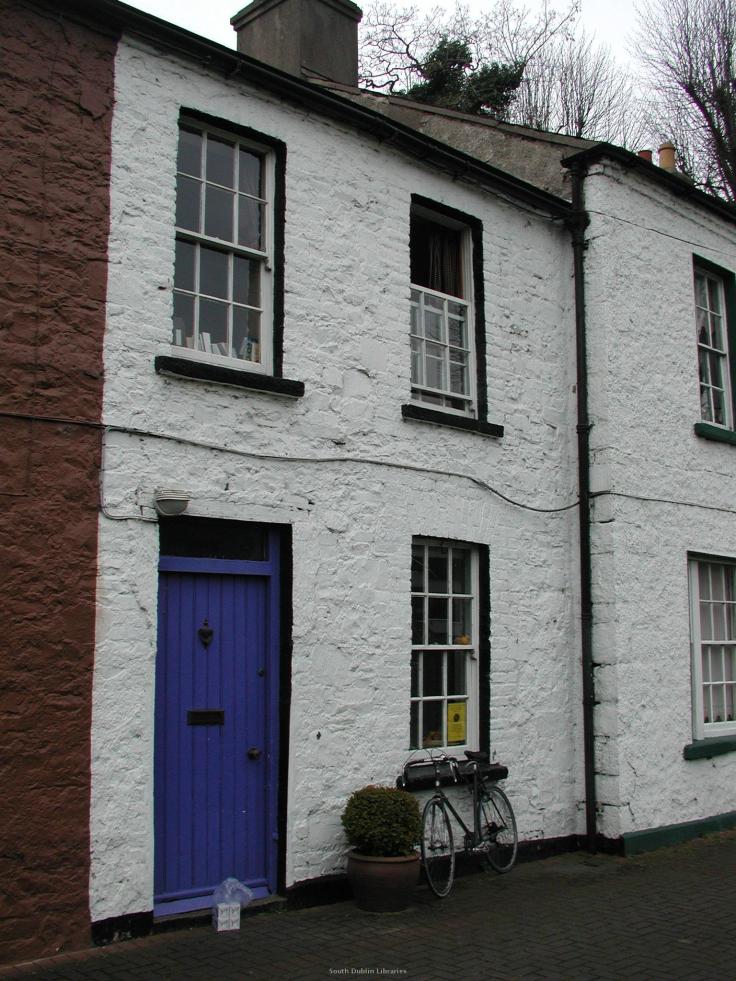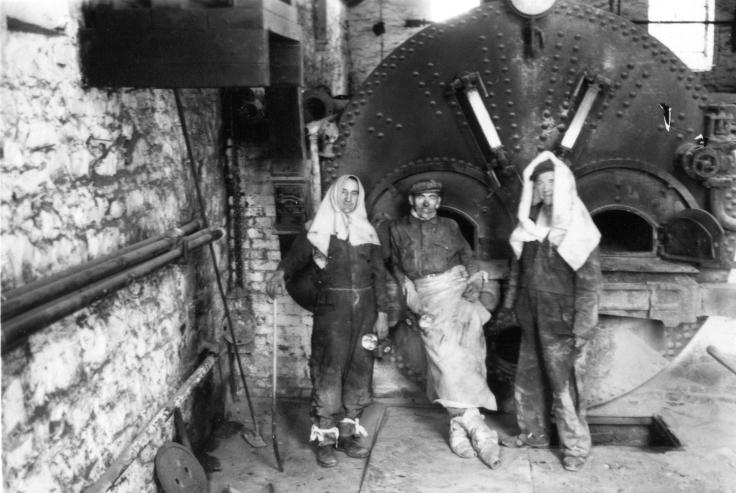The Mills of South Dublin County
There is evidence of the thriving milling industry of the 18th and 19th centuries traced across the landscape of South Dublin. Water was the main power source for these mills. The fast-flowing river Dodder and its tributaries provided the energy for the mills at Tallaght, Templeogue, Rathfarnham and Whitechurch. The river Camac, running swiftly through the Slade valley from the Dublin mountains powered the mills at Saggart and Clondalkin. To the west, the Liffey provided the source for the many mills in Lucan and Palmerston. Wind power was also employed for milling as the remains of the dramatic Windmill Hill site near Rathcoole shows.

Water power was the generally preferred source for milling as it was more reliable than wind and could also be stored by the use of millponds. Water sources could also be regulated by means of weirs, sluices and millraces (water channels). Most mills were not built directly on the river banks, but beside these specially diverted millraces adjoining the river or stream. Mills were usually located near natural waterfalls or rapids as this meant that millraces could be short. When a river had a gentle gradient it often had a long headrace (the water channel leading into the mill), for example the Palmerstown Mills were driven by a mill race taken from the Liffey nearly two miles upriver. In dry summers water could be stored in millponds overnight to store up a supply for the following day.

The listing of mills in Griffith’s Valuation of 1850 gives us a good idea of the various types of mills in South Dublin County and their locations. There were 27 mills in South Dublin County at the time. There were many types of mills in South Dublin during the nineteenth and twentieth centuries – corn mills, flour mills, oil and gunpowder mills, but the most enduring were paper mills.South Dublin became an important centre for paper-making. Rags were required for the paper milling process and there was access to a ready supply in the nearby city.

Over time, mills ceased operations, new mills opened for business or the functions of mills changed as their ownership changed or as demand for various products grew or waned. For example Haarlem Mills in Tallaght were originally established around 1776 by Haarlem and Co.who were calico printers. By 1836 there were four mills at the site altogether, the first, a flour mill, was operated by the McCracken family up until 1863, and then by Thomas and John Neill. Next, there were two mills close together, one a woollen mill and the other a flour mill. These were operated by Manus Neill and later passed to Thomas and John Neill. The next mill was down nearer to the Dodder River, this was a woollen mill and later a flour mill.
The milling heritage of South Dublin survives today in many local place names; Windmill hill, Mill Lane, Swiftbrook, Mill Race, Millbrook Lawns, Bolbrook and the Mill Shopping Centre, among others. They serve as a reminder of how the architectural landscape of the area has changed.

Did you know?
- In 1738, Thomas Slater, the owner of Bella Vista Mill in Templeogue, was the only maker of white paper in Ireland. In 1751 he was noted as producing a greater amount of paper than any other mill in Ireland.
- The mills were huge employers and mill owners often built cottages near the mill for the workers, sparing them long commutes to work every day. Some of these cottages still remain for example those on Mill Lane in Palmerston.

As a Newbie, I am always searching online for
articles which can help myself. Thanks, so much appreciated!
South Dublin have almost all the type of the flour mills in the different areas and the paper mill too which is became a center of the paper production in South Dublin.